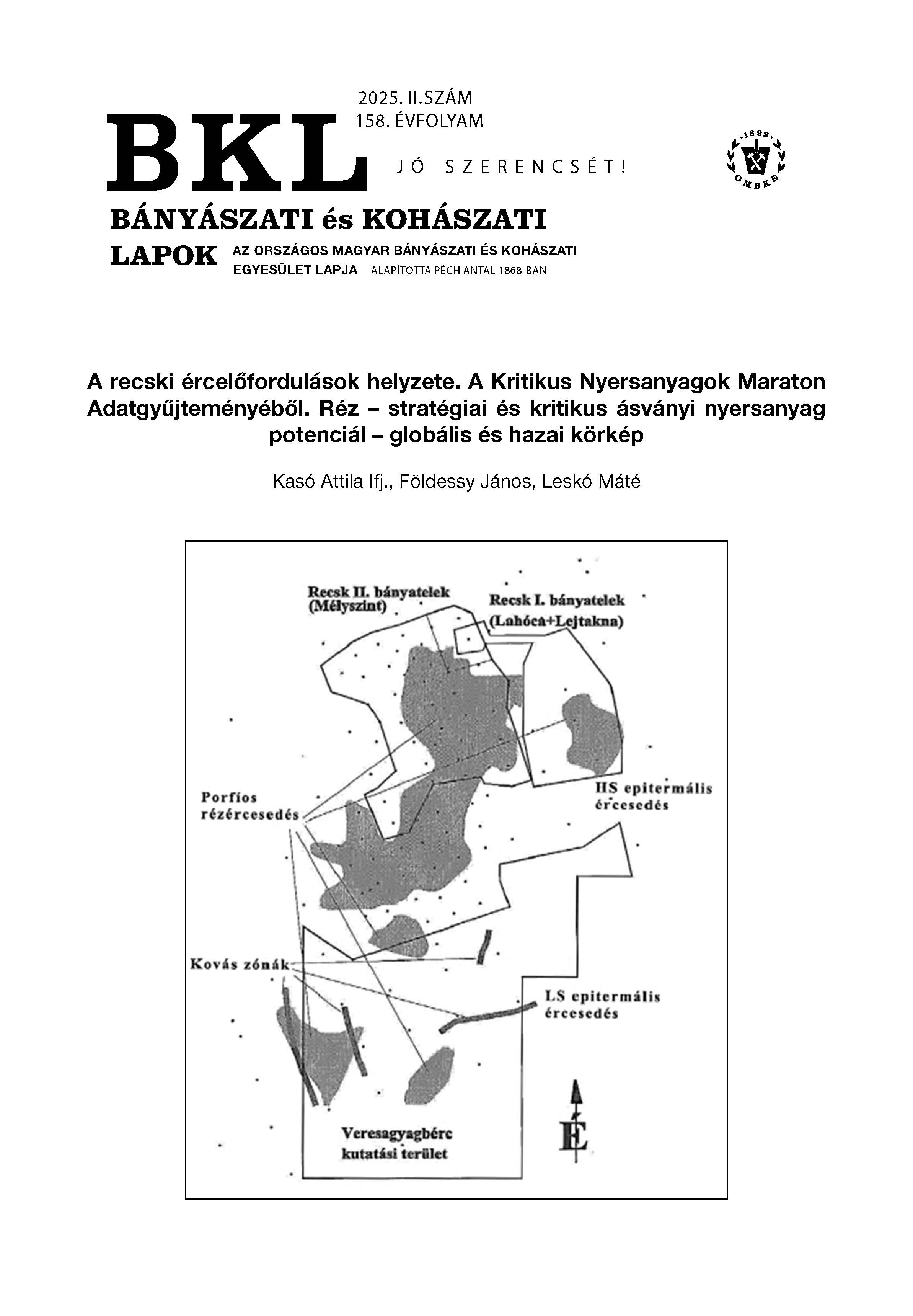Testing of high pressure die castings produced with reduced squeeze pin velocity
Abstract
In the high pressure die casting process (HPDC), local squeezing is commonly used in castings, where shrinkage porosities can develop due to different wall thicknesses. Local squeezing is an integrated part of the casting process, but this can be considered an additional operation which occurs after the completion of the mold filling process. Usually, the squeeze pin starts postponed to a specific switching point, which term is called the delay time. Different delay times will cause different results in the microstructure, which is essential to understand reducing the potential rejects that may occur during production.
There are several ways to compare the properties of castings produced with different delay times. Comparisons must be made on a quantitative basis, excluding subjective factors. Such tests may include measurement of density, comparison of tensile strength, and computer tomography (CT) analysis. On the other hand, the examination of the fracture surfaces of the tensile test specimens can be done subjectively in most cases. By the analysis of the micrographs and CT scans in this manner, quantitative comparisons cannot be done, but important observations can be made.
References
J. Jorstad, D. Apelian: Pressure assisted processes for high integrity aluminum castings. Inter Metalcast, 2(2008) 19–39. https://doi.org/10.1007/BF03355420
W. Kurz, D. Fisher, M. Rappaz: Fundamentals of Solidification. Trans Tech Publications, 1984.
M. Hamasaki, H. Miyahara: Solidification microstructure and critical conditions of shrinkage porosity generation in die casting process of JIS-A DC12(A383) alloy. Mater. Trans., 54/7, (2013) 1131–1139. https://doi.org/10.2320/matertrans.F-M2013806
D. M. Stefanescu: ASM Metals HandBook, Vol.15 – Casting, ASM International, 1988.
D. Jenő: Nyomásos Öntészeti Ismeretek. Nemzeti Tankönykiadó, 2009.
D. Künstner: Untersuchung der Wirkung von lokalem Nachverdichten im Druckgießverfahren und Entwicklung einer geeigneten Versuchsform zur Bestimmung optimaler Nachverdichtungsparameter. Diploma Thesis, Leoben, 2013.
F. Peti, G. Strnad: The effect of squeeze pin dimension and operational parameters on material homogenity of aluminium high pressure die cast parts. Acta Marisiensis. Seria Technologica, 16/2 (2019) 7–12. https://sciendo.com/article/10.2478/amset-2019-0010
P. Borlepwar, S. Biradar: Study on reduction in shrinkage defects in HPDC component by optimization of localized squeezing process. Inter Metalcast, 13/4, (2019) 915–922. https://doi.org/10.1007/s40962-018-00295-9
H. Peter, K.-P. Tucan: Untersuchung der Einfluss größen Kühlung, Nachverdichtung und Legierungsparameter auf die Gefügeeigenschaften von Druckgussbauteilen. Giesserei, 1 (2017) 26–31.
Csaba M., Richárd S., Dániel M.: Kettős működtetésű utántömörítés hatása a vastag falú nyomásos öntvény belső térfogati inhomogenitására. BKL, Kohászat/5–6 (2020) 5.
K.-P. Tucan, P. Hofer: Untersuchung des Einflusses lokalen Kühlens und Nachverdichtens auf die Gefügeeigenschaften von Druckgussbauteilen. Austrian Cooperative Research. [Online]. Elérhető: http://www.ogi.at
M. Tsuji, T. Nakano, T. Toyoshima: Drive Control Method for a Squeeze Pin. US 2002/0167104A1, szabadalom, 2002. november 14.
X. Niu, M. Anthony, P. Tuzi: High pressure leak tightness improvement by a unique local squeezing process.
M. Tsuji: Squeeze Pin Control System in Die Casting Machine. USO05787963A, szabadalom, 1998. augusztus 4.
E. S. Kim, K. H. Lee, Y. H. Moon: A feasibility study of the partial squeeze and vacuum die casting process. Journal of Materials Processing Technology, 105/1–2 (2000) 42–48. https://doi.org/10.1016/S0924-0136(00)00557-4



